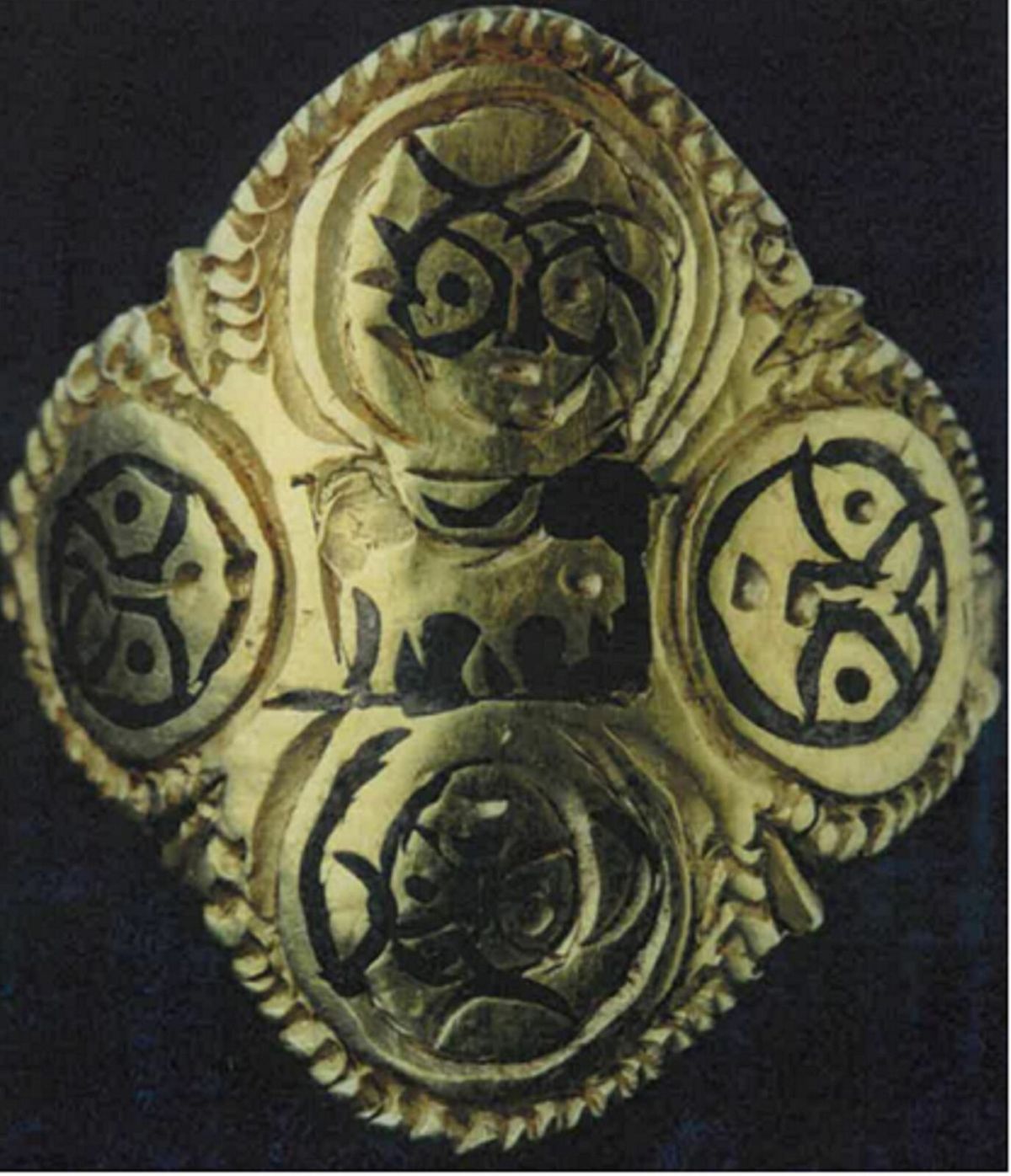The Dutch culture minister Eppo Bruins has blocked the sale of a rare medieval golden ring abroad, launching—for the first time—a process that gives Dutch buyers six weeks to buy it.
The ring, unofficially likened to J.R.R. Tolkein's “one ring to rule them all“, dates from the ninth or tenth century—a dark and boggy time from which little survives—and has huge cultural value in the Netherlands. It is astonishingly well preserved, according to experts, and depicts the lamb of God, surrounded by the four evangelists Matthew, Mark, Luke and John.
Its current owner, who has not been named, had asked for permission to sell it abroad because it is on a register of protected cultural artefacts but Bruins refused, saying that the ring is a national treasure.
“I think it is important that the ring stays in the Netherlands so that future generations can also experience and understand its value,” he said in a statement. “Protected cultural goods carry our history and identity. They form an indispensable part of the collective memory of the Netherlands.”
The 8g ring was discovered in 1997 in Sumar in Friesland by the then-29-year-old treasure hunter Pieter de Jong, while he was using a metal detector. In 2022, it was put on the list of protected goods. It has been displayed at a museum in Burgum and is understood to be worth thousands of euros.
Bianca Frölich, an art and antiques specialist at Frölich Kunst & Antiek, says little survives from the period the ring was created in the Low Countries. “Where the economic wind is blowing is always where the most beautiful art was made, but the ninth and tenth century in the Netherlands were a pretty dark period. It was the end of the Roman era, Catholic and Protestant beliefs were [arriving] from the south and suddenly people were very much oppressed,” Frölich says.
“Global currency then was real gold, real silver—it was a means of trade—and so people who had it were often very well off,” she says. The ring, she adds, probably belonged to a nobleman.
After six weeks in which potential buyers can purchase the ring to remain in the country, the state will make an offer to make it part of the national collection. In the meantime, it has already made an impact in the corridors of power.
"A lot of people are making Lord of the Rings jokes," said culture ministry spokeswoman Dahran Çoban.


